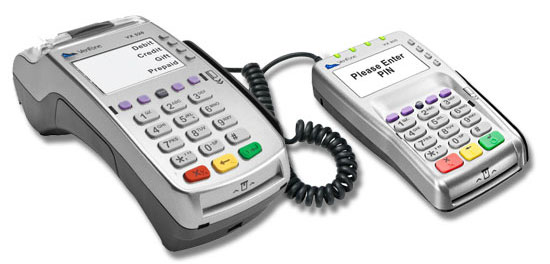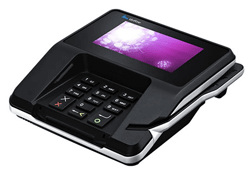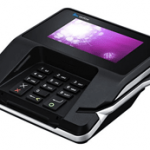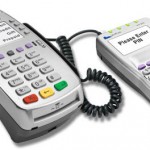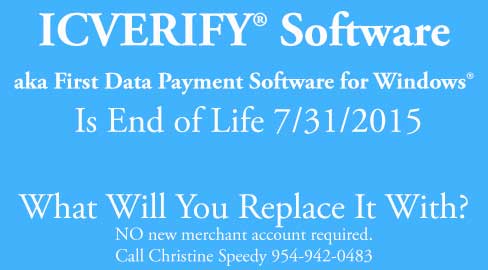For mixed retail and card not present merchants, especially with a business to business customer component, a traditional desktop terminal can cause problems including failed PCI compliance, higher merchant fees, and increased losses from customer disputes – the dreaded chargeback. To comply with EMV, now is the time to address multiple business needs to maximize profits.
Why is a traditional desktop terminal bad for mixed customer base?
- Merchants have retail merchant accounts with their swiped terminal. When a transaction is key entered, it’s automatically qualifies for the worst non-qualified rate for the card type, because expected magnetic stripe data is not received.
- Key entered or card not present (CNP or MOTO/ mail order telephone order) transactions require additional data to protect against fraud losses. Users can bypass prompts if asked, but more importantly, the transaction is still presented as RETAIL, so retail rules apply for responding to disputes.
- Internal paperwork such as credit card authorization forms are PCI compliance nightmares and often don’t meet requirements to win disputes.
- For any business with a commercial account aspect, there is NO desktop terminal capable of qualifying merchants for the lowest fees, available only by supplying level III data.
What’s the alternative to a desktop terminal?
Desktop software like PCCharge and ICVerify have all announced end of life because they cannot support new payment technologies like EMV. The swiper wedge that many small businesses have used do not support EMV and that won’t be changing, so they too will disappear. The alternative is a payment gateway with virtual terminal; a cloud based solution. Buyer beware. There are significant differences between gateways; many of them are not much better than a desktop terminal.
Virtual Terminal with EMV Buyer Tips:
- Choose an agnostic gateway. That way if you want to change processors in the future, it’s not disruptive to operations.
- Verify the gateway has an EMV certified terminal for your processor today. For example, First Data publishes their list of certified solutions here: First Data Integrated Partner Solutions Certified Listing.
- Beware language such as, ‘EMV ready’ for both gateway and desktop solutions. EMV certified terminal is not the same as a certified solution that can be EMV enabled today with your processor.
- Ask if the gateway supports level 3 processing for retail.
- If the gateway cannot dynamically change transaction representment from retail to MOTO – and virtually none do- key entered transactions have the same risk as a desktop terminal.
What about mobile? Mobile EMV will largely be rolled out next year, as hardware needs to first be certified, and then all the other certification components will follow.
The only payment solution today that is supports level 3 processing for retail is CenPOS, which also has the most EMV terminal certifications of any gateways to date.
CenPOS is a merchant-centric, end-to-end payments engine that drives enterprise-class solutions for businesses, saving them time and money, while improving their customer engagement. CenPOS’ secure, cloud-based solution optimizes acceptance for all payment types across multiple channels without disrupting the merchant’s banking relationships. CenPOS is available globally. For additional information, contact Christine Speedy, 954-942-0483.

